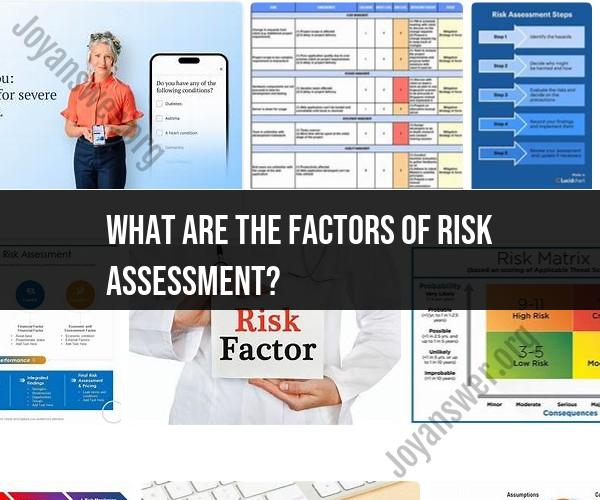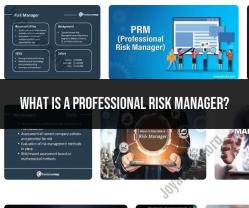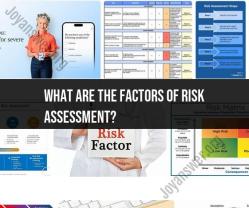What are the factors of risk assessment?
Risk assessment is a systematic process that involves the identification, evaluation, and management of potential risks or hazards in various contexts, including safety, health, environment, finance, and more. The factors considered in risk assessment can vary depending on the specific domain and the type of risk being assessed. However, some common factors are typically evaluated during the risk assessment process:
Hazard Identification: The first step is to identify potential hazards or risks that may cause harm or adverse events. Hazards can be physical, chemical, biological, ergonomic, psychosocial, or related to specific activities or processes.
Exposure: Assessing the extent to which individuals, assets, or the environment are exposed to the identified hazards. This involves evaluating the frequency, duration, and intensity of exposure.
Severity: Determining the potential consequences or impact of a risk event if it were to occur. This includes considering the severity of injuries, damage, or loss that may result.
Likelihood or Probability: Evaluating the likelihood or probability of a risk event occurring. This can involve assessing historical data, expert opinions, and statistical analysis to estimate the chances of an event happening.
Vulnerability: Examining the vulnerability of individuals, systems, or assets to specific risks. Vulnerability factors may include age, health conditions, location, infrastructure, and more.
Consequence Analysis: Analyzing the potential consequences of risk events in terms of human health, safety, environmental impact, financial losses, reputation, and legal implications.
Risk Tolerance: Determining the acceptable level of risk that an organization or individual is willing to tolerate. This varies depending on organizational policies, regulatory requirements, and individual preferences.
Cost-Benefit Analysis: Assessing the costs associated with risk mitigation measures and comparing them to the expected benefits of reducing or preventing the risks.
Regulatory and Legal Requirements: Considering compliance with relevant laws, regulations, and industry standards related to risk management.
Resilience and Recovery: Evaluating the organization's or system's ability to recover from and adapt to risk events. This includes the presence of contingency plans and emergency response procedures.
Risk Communication: Identifying how risks are communicated to stakeholders, including employees, the public, government agencies, and other relevant parties.
Risk Ownership and Responsibility: Determining who within an organization or system is responsible for managing and mitigating specific risks.
Historical Data and Trends: Reviewing historical data and trends related to risk events to identify patterns and insights that can inform risk assessment.
External Factors: Taking into account external factors that can influence risks, such as economic conditions, geopolitical events, natural disasters, and technological advancements.
Expert Input: Seeking input from subject matter experts, including scientists, engineers, health professionals, and others who can provide specialized knowledge about the risks being assessed.
Uncertainty and Sensitivity Analysis: Acknowledging the inherent uncertainty in risk assessments and conducting sensitivity analyses to understand how variations in input factors may impact risk estimates.
These factors collectively contribute to a comprehensive risk assessment process that aims to identify, analyze, prioritize, and manage risks effectively. The specific factors considered will vary depending on the context and objectives of the risk assessment.




